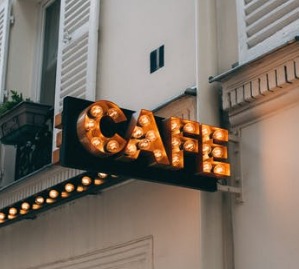
화폐를 만들어 사용하기 시작한 것은 고려시대 이후부터였다. 산업이 전에 비하여 발전하게 되고 유통도 전보다 활발하여졌기 때문이다. 고려 성종 15년(996)에 처음으로 철전이 만들어졌고 숙종 때에는 은 1근이 은병을 만들어 유통시키고 보조화폐로 해동통보룰 만들었다.
It was after the Goryeo Dynasty that money was made and used. This is because the industry has developed compared to before and distribution has become more active than before. In the 15th year of King Seongjong's reign (996), Cheoljeon was first made, and during King Sukjong's reign, one-geun silver bottles were made, distributed, and Haedong Tongbo was made with auxiliary currency.
그러나 화폐가 널리 유통되어 쓰이지는 못하였다. 고려의 상업은 시전을 중심으로 번창하였다. 시전이란 본래 도회지에 있는 가게라는 뜻에 지나지 않지만 실제에 있어서는 나라에서 필요로 하는 물품을 조달 받기 위하여 서울과 서경 등의 일정한 지역에 개설한 상설점포를 일컫는 말이다.
However, currency was not widely distributed and used. Goryeo's commerce flourished around the city. Sijeon originally means nothing more than a store in an urban area, but in reality, it refers to a permanent store opened in certain areas such as Seoul and Seogyeong to receive goods needed by the country.
그것은 도회지 사람들의 생활품을 판매하기도 하였다. 외국인을 상대로 장사도 하였다. 시전상인들은 상점을 나라에서 빌려 받고 일정한 세를 내었다. 정부에서는 경시서를 두어서 시전을 감독하게 하였다.
It also sold household goods of the people of the city. They also did business with foreigners. Sijeon merchants borrowed stores from the government and paid a certain rent. The government put a light book to supervise the city.
개경과 서경을 중심으로 한 도시의 상업이 상설점포를 중심으로 발달하였던 데 비하여 농촌의 상업은 그리 잘 이루어지지 않았다. 1일 왕복거리에 있는 교통 중심지에 일정한 날마다 장이 서서 사람들이 물품을 가지고 와서 필요한 것을 주로 포로 값을 치루고 서로 사고 팔았다.
While the commerce of cities centered on Gaegyeong and Seogyeong developed around permanent stores, commerce in rural areas was not very well established. On a daily round trip, a market stood in the transportation center, where people brought goods, paid mainly for prisoners, bought and sold them to each other.
장에서는 농민과 소생산자들 말고도 장 사이를 순회하며 장사를 하는 비교적 전업적인 상인인 행상이 있었다. 간혹 은병이 상용되는 일이 있기는 하였지만 대체로 금속화폐는 사용되지 않았다.
In addition to farmers and small producers, there was a peddler who was a relatively full-time merchant who toured between markets and did business. Although silver bottles were sometimes used, metal money was not usually used.
'읽고 있는 책들' 카테고리의 다른 글
| 대한민국 역사의 모습들 - 상업 : 상평통보의 사용과 자유상인들의 성장 (0) | 2022.02.02 |
|---|---|
| 대한민국 역사의 모습들 - 상업 : 육의전과 5일장 (0) | 2022.02.02 |
| 대한민국 역사의 모습들 - 상업 : 교역의 시작 (0) | 2022.01.30 |
| 대한민국 역사의 모습들 - 수공업 : 수공업에서 기계공업으로 (0) | 2022.01.30 |
| 대한민국 역사의 모습들 - 수공업 : 관청 주도에서 민간 주도로 (0) | 2022.01.27 |

